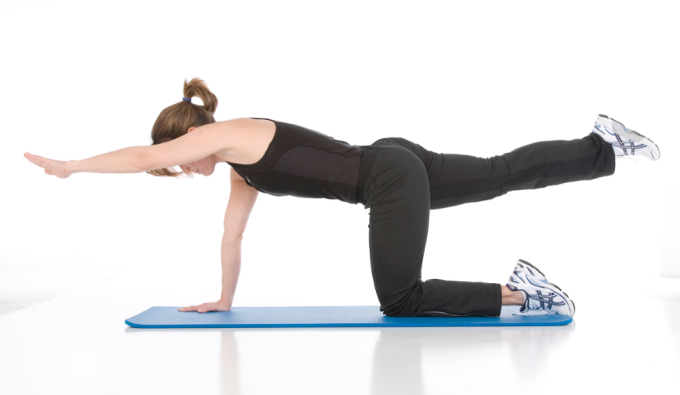
When the muscles supporting the lower spine need to be strengthened, lumbar stabilization may be used in your chiropractic treatment
as a form of Physical Therapy. Lumbar stabilization helps you develop
strength, flexibility, and endurance and also has been shown effective
in alleviating Lower Back Pain.
The key to lumbar stabilization is achieving a "neutral spine" position. The neutral spine position is that which is the least painful but most sound posture for your lower back.
When your spine is in a neutral position:
The key to lumbar stabilization is achieving a "neutral spine" position. The neutral spine position is that which is the least painful but most sound posture for your lower back.
When your spine is in a neutral position:
- The discs and vertebrae are able to absorb shocks and other forces acting on the spine in an optimal way.
- There is less tension on the ligaments and joints of your spine.
- Your posture is centered.
Once
your learn how to go to your neutral spine position, lumbar
stabilization teaches you how to maintain that position through a
technique called "proprioception." Proprioception teaches you how to
know where your joints are at any given time.
Lumbar stabilization helps you:
Lumbar stabilization helps you:
- Better control the movements affecting your spine
- Heal muscle strains, sprains, and damaged ligaments
- Know how to avoid future injuries
- Reduce pain in your lower back

